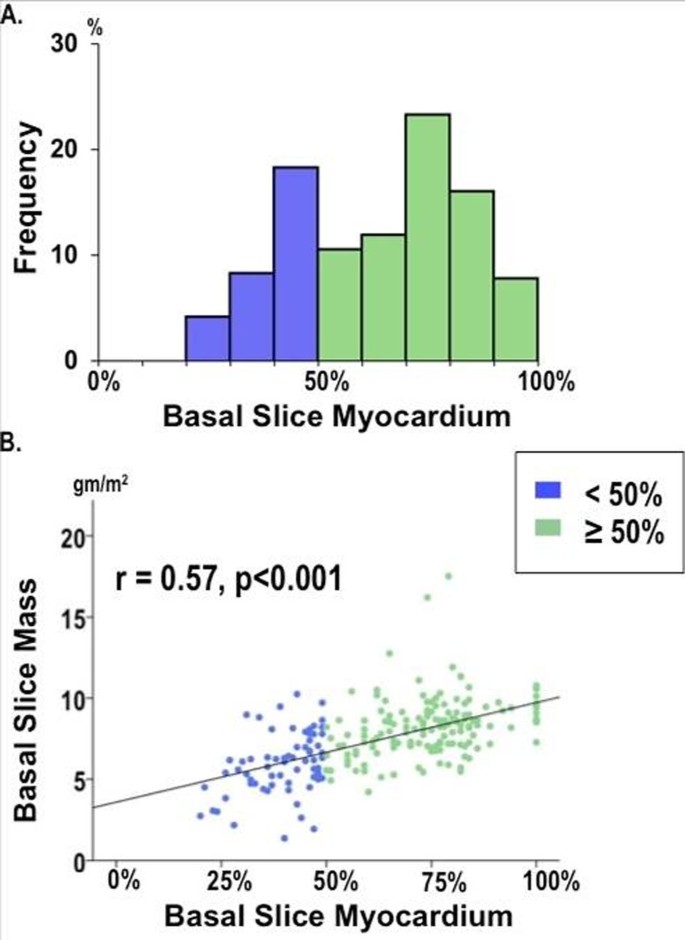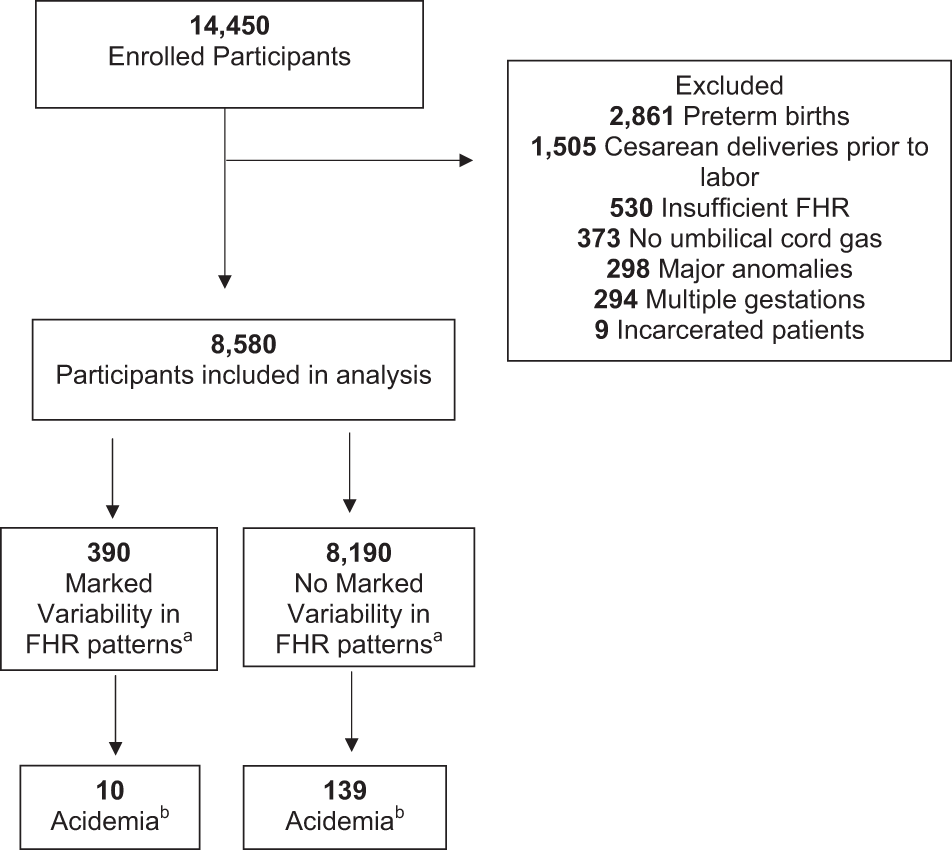

Only TDM can differentiate between thewse two very different situations. For others, ritonavir is clearly essential if the combination is to produce a sustainable effect. Interpatient variability shows that some patients achieve higher levels will be able to safely use atazanavir with ritonavir, and are likely to have reduced side effects with this approach.

There is a concern that almost 10% of patients using boosted atazanavir had suboptimal trough concentrations although this is clearly a great improvement on almost half patient with sub-optimal levels without ritonavir-boosting.Īs with other boosted PIs, TDM appears to offer useful additional information to support individualised dose adjustments. The proportions of trough concentrations that were below target of 100ng/ml were 9.8%, 2.9% and 46.2%. Median ATZ trough concentrations in the three most frequently used regimens were 496 (range: <40-2149), 843 (89-2460) and 130 (40-925) ng/ml in the 300/100 mg, 400/100 mg, and un-boosted ATZ 400mg respectively. At the time of the first ATZ TDM request eight ATZ dosing regimens were identified. Coadministered drugs included tenofovir in 115 cases, a second PI in 20 cases and/or an NNRTI in 24 cases.

Their findings emphasise the usefulness of TD with this drug. The authors of this poster write that this was due to both a variety of dosing regimens and variability between patients on the same regimen. Related: Conference reports, Antiretrovirals, HIV 7 Glasgow 2004.Ī retrospective analysis of requests for atazanavir (ATZ) therapeutic drug monitoring (TDM) was carried out by Sara Gibbons and colleagues at the University of Liverpool, who concluded that there was a marked variability in plasma ATZ concentrations in the clinical setting. HTB Marked variability in plasma atazanavir levels: importance of ritonavir boosting and TDMĢ9 March 2005. Marked variability in plasma atazanavir levels: importance of ritonavir boosting and TDM.annual), sediment downcore variability in brGDGTs is likely to be related to changes derived from in situ production and sediment sources. As soils are likely to contain a brGDGT signature which is representative of average environmental conditions in the catchment at least over decades, brGDGT proxy reconstructions derived from soil sources are more suitable to infer variability in environmental parameters over the same timescales (i.e.

Our study shows that the impact of the seasonality of temperature on brGDGT distribution was absent in the soils studied, regardless of altitude or latitude on a catchment/regional scale. The brGDGT distributions and some of the brGDGT-derived proxy measurements in soils are relatively stable throughout the year and do not change significantly in the suspended particulate matter in the river or settling particulate matter in traps. The results show that brGDGT abundance is heterogeneous and increases with soil humidity. These locations have marked seasonal temperature cycles, which were expected to maximize the possibility of detecting any seasonal bias in the production and compositions of brGDGTs. For this purpose, we examined brGDGT distributions and brGDGT-derived MAT estimates in surface soils and settling/suspended particulate matter over one year, from two sites located in the same latitude but at different altitudes, in the Catalan Pyrenees, as well as at one site in southern Norway. The main aim of this study was to assess the occurrence of seasonality in the production and distribution of brGDGTs and the seasonality bias of the derived temperature proxy. In addition, brGDGT proxy estimates are also sometimes purported to be seasonally biased in environments where annual brGDGT production may not be constant during a seasonal cycle. When applied to high resolution sedimentary sequences, measurement of brGDGT distributions is employed to reconstruct MAT at subdecadal time scales. The distributions of branched glycerol dialkyl glycerol tetraethers (brGDGTs) in sediments are used as a proxy measurement to infer changes in past mean annual air temperatures (MAT).


 0 kommentar(er)
0 kommentar(er)
